How I find the flow state on the hiking trail – and 5 ways you can too
No matter what was going on in my life, when I pulled on my hiking shoes and hit that trail, within 10 minutes I’d be in the zone
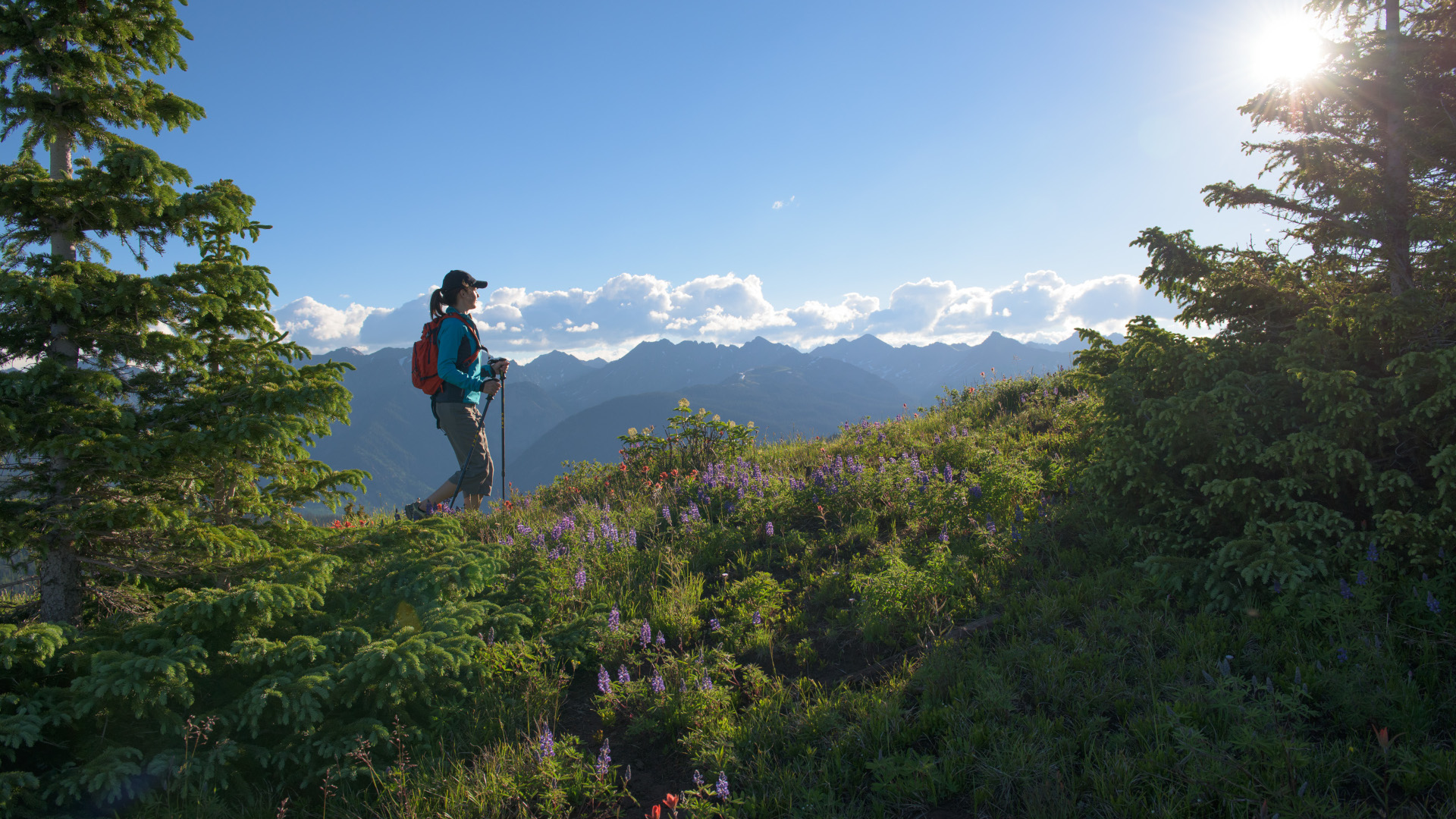
There’s a trail in Colorado that I used to hike all the time. It wasn’t the most beautiful in the state and it wasn’t an impressive 14er or a long-distance trail or anything to write home about really. But it was a trail where without fail I could experience total, uninterrupted focus.
No matter what was going on in my life, when I pulled on my hiking shoes and hit that trail, within 10 minutes I’d be in the zone. It wasn’t so steep that I’d be struggling and gasping for breath, but it was demanding enough that it required my full attention.
I’d quickly fall into a sustainable rhythmic pace and while my legs did the physical work, my brain was able to fully engage with what I was doing. All other minor (or major) annoyances would fade out of my consciousness and I could just enjoy the activity, feeling completely in control of the situation, even when I wasn't in control of anything else in my life. Despite that apparent disengagement from the every day, when I finished that hike, I’d always have figured out a solution to a problem or come up with an exciting new idea for my business. And I always felt happier than when I started.
It wasn’t until I read the 1992 book Flow: The Psychology of Happiness by Mihaly Csikszentmihalyi a few years ago that I could finally put words to what I was experiencing. According to Csikszentmihalyi, a Hungarian-American psychologist, World War II prisoner and happiness researcher, I was finding what he coined “flow,” and it made me think that hiking might just be the key to happiness – when we do it the right way anyway.
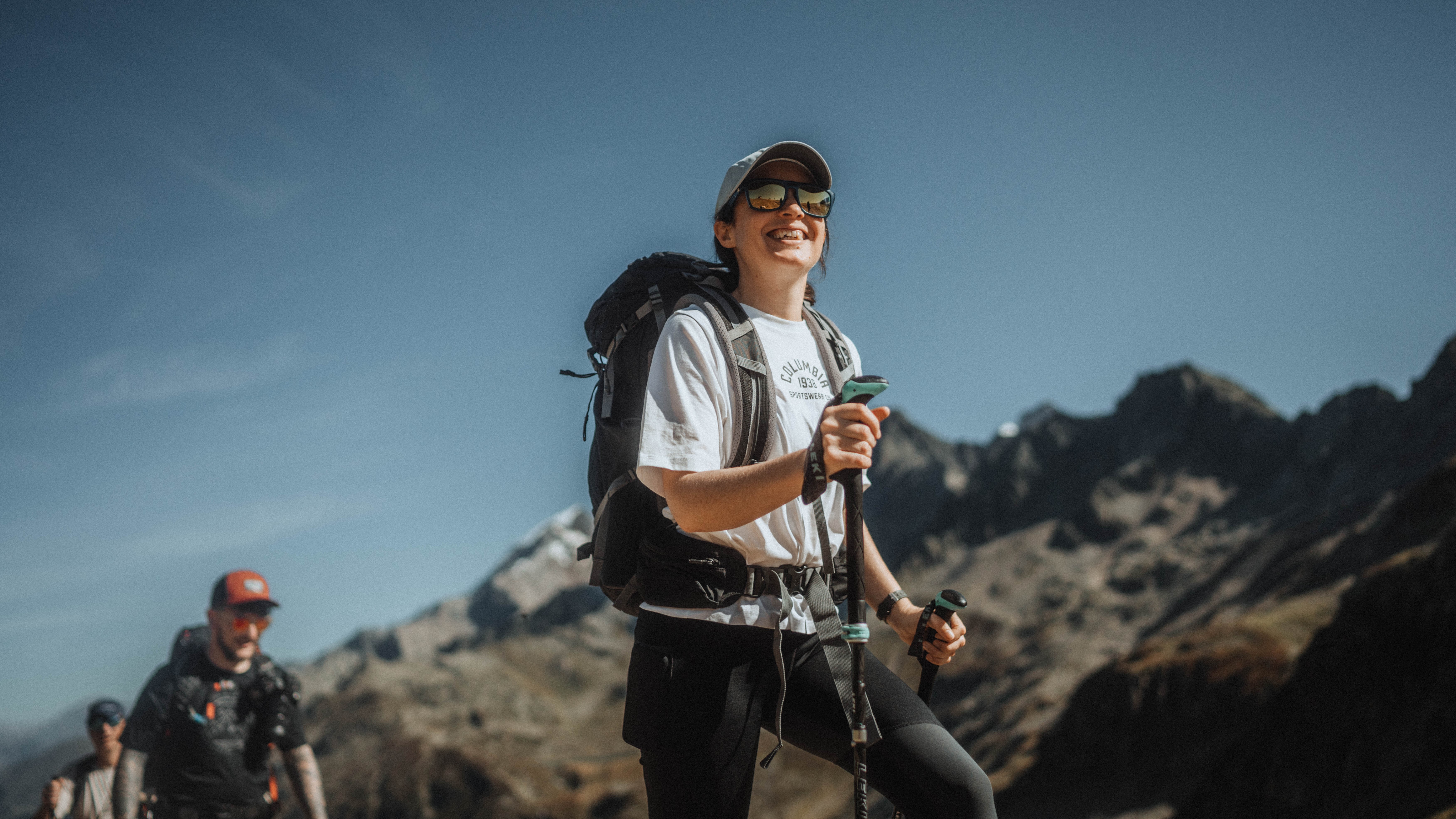
What is the flow state?
If you really want to know more about the flow theory, I recommend reading Csikszentmihalyi’s book, which is short and easy to digest, but in a nutshell, flow is best described as the state of total mental absorption attained when you are engaged in a task that presents a suitable challenge to your skill level.
The task needs to be demanding enough that you have to focus on it, but not so difficult that you become overwhelmed, frustrated or anxious. It also needs to have clear goals – in my case that was simply hiking a particular trail – and offer immediate feedback, which I experienced as soon as I got back to the trailhead. It’s more commonly described as being “in the zone.”
I experience flow a lot in my hiking boots and on my yoga mat, and sometimes when I’m trail running or swimming. You can see when competitive skiers and snowboarders have found flow as they carve effortlessly down the mountain, and even watching an NBA player score one three-pointer after another. It doesn’t have to entail athletic endeavors though; Csikszentmihalyi explains that flow can be found in tasks you do at work, when you’re writing, painting and even in your relationships. A review of literature on the subject reveals research that shows adolescents tend to experience it in educational settings.
All the latest inspiration, tips and guides to help you plan your next Advnture!
Of course, you can be in a state of enjoyment of an activity like hiking, drawing or singing without necessarily experiencing flow. If you’re not sure whether what you’re experiencing flow, Csikszentmihalyi explains that flow has the following characteristics:
- Total concentration.
- Merging of action and awareness.
- Loss of self-consciousness.
- A feeling of empowerment or self-control.
- The task is intrinsically rewarding.
- Distortion of time, which may appear to speed up or slow down.
When all of these characteristics are present, you experience the flow state, which Csikszentmihalyi says produces happiness from within and increases productivity and creativity. Moreover, we can use flow to increase our happiness levels.
So my discovery of the flow theory didn’t just explain why I felt so good after hiking – it actually gave me some tools to maximize my hikes and other outdoor adventures so that if I want them to, they can nearly always serve me in this way.
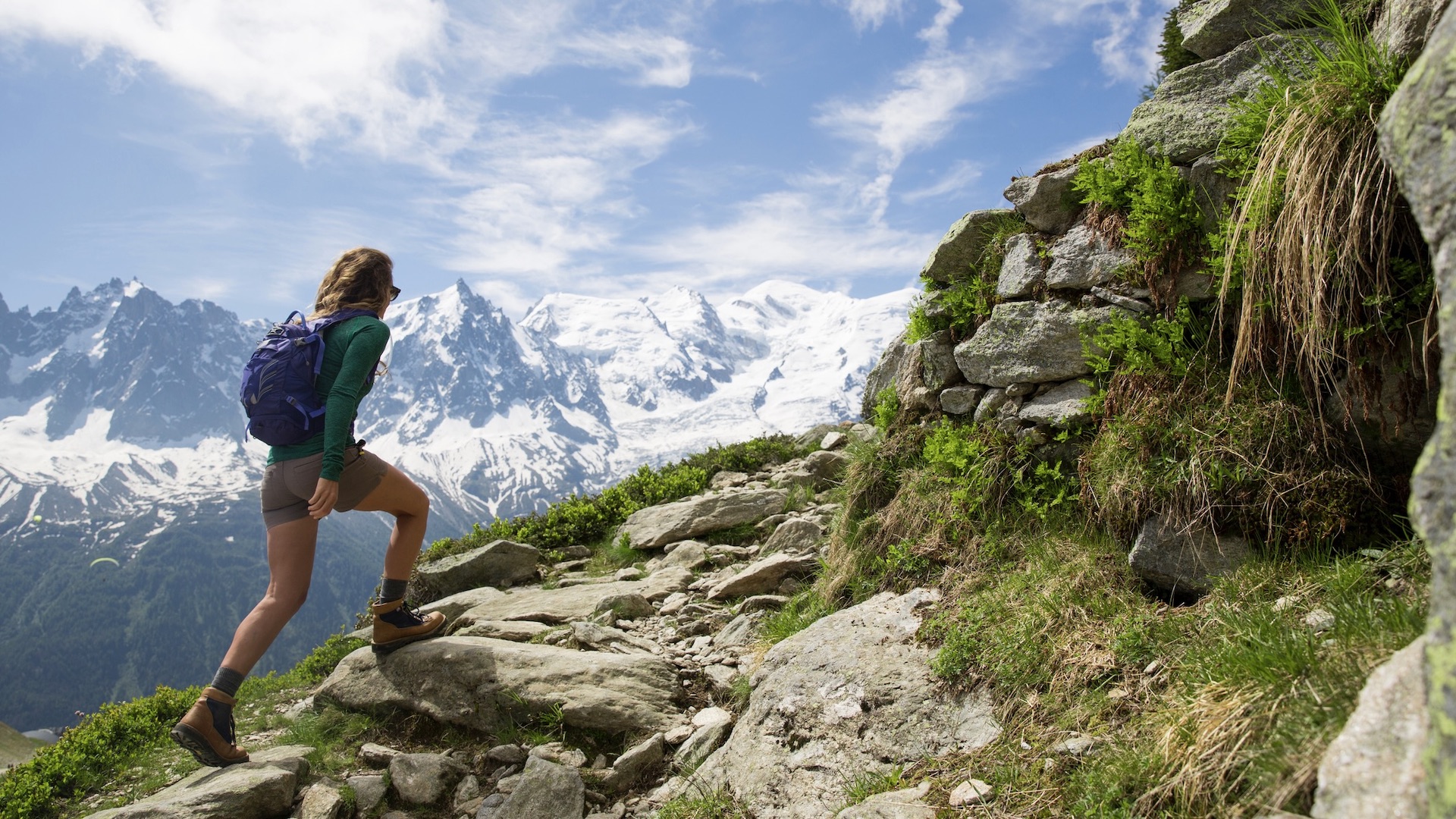
How I find the flow state on the hiking trail
Playing for the NBA or being an extreme skier isn’t required to experience flow. If you already like hiking, or even just the idea of it, but haven’t experienced what I’m describing, perhaps you just need to make some small changes to your approach.
Next time you load up your daypack for a few hours on the trail, try these tips to find the flow state on the hiking trail:
1. Choose the right trail
First, find a trail that will strike that perfect balance between boredom and stress. If an activity is too easy, we grow bored; too difficult and we become frustrated, fearful or anxious.
This isn’t to say that a trail rated as easy on AllTrails doesn’t have value, but remember that if what you seek is flow, you need to find the right level of challenge for your own abilities.
Do your research and make sure a trail is not going to be so difficult that you’ll spend the entire time taking breaks or feeling stressed about your safety. Equally if the trail feels like a walk in the park, it may not be demanding enough to hold your attention so pick a slightly more technical one or pull on your trail running shoes and pick up the pace.
There are other features of a trail that can make it more or less flow-inducing, such as how busy it is (stopping every five minutes to let someone pass may not be the most conducive to flow) and the trail conditions – if it’s overgrown or difficult to follow, you might end up frustrated or spend too much time looking at the map to really focus on the hiking.
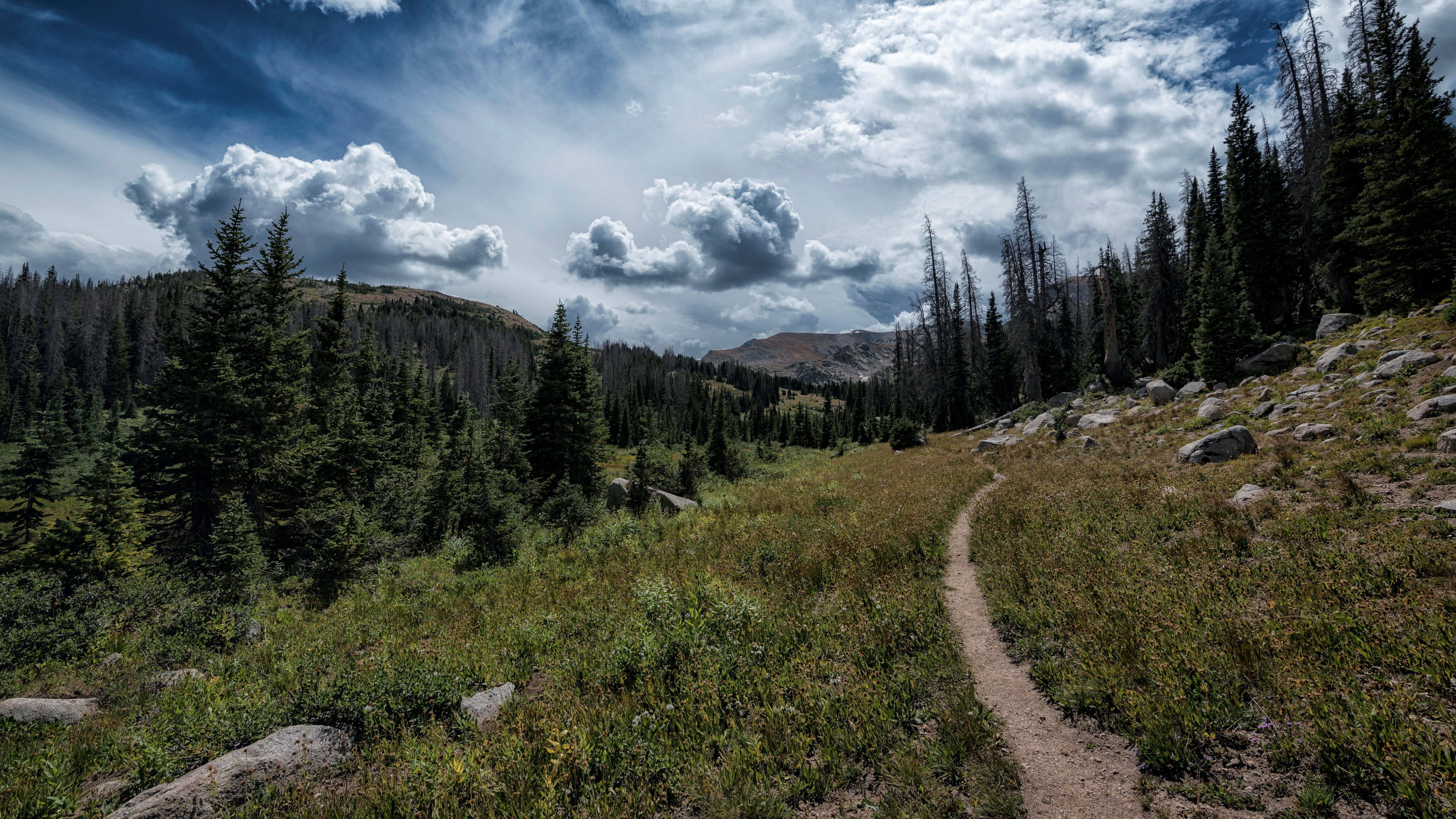
2. Be prepared
A defining characteristic of flow is that you feel in control of the task at hand. Hiking, while not necessarily an extreme sport, can throw all types of challenges your way, from hail storms to steep ridges, but if you’re prepared, these don’t have to induce stress.
The best way to ensure that you hike self-assured is to be prepared. Build up your fitness. Check the trail and weather conditions before you go. Ensure that you have the right equipment – proper footwear, hiking layers, a map and compass and safety gear like an emergency blanket, first aid kit and satellite communication device. Know how to use this gear.
Seasoned hikers can get lost or hurt on the trail, but skills, experience and the right kit will help you to feel more confident out there, knowing that if you do get into hot water, you’ll have the tools you need to deal with it.
3. Practice pacing
You may not be able to control the challenge level of a hiking trail, but you do have some power over how fast or slow you walk, and this can also help determine whether or not you find yourself bored or breathless.
For any hike, leave early and give yourself plenty of time to finish so that you’re not rushing or stressed about dusk approaching when you don’t have a headlamp (but bring a headlamp). Walk at a pace that gets your heart rate up and makes you breathe a little harder, but not so much that you have to stop often to catch your breath. Consider using trekking poles and find a rhythmic walking style that uses both your arms and your legs.
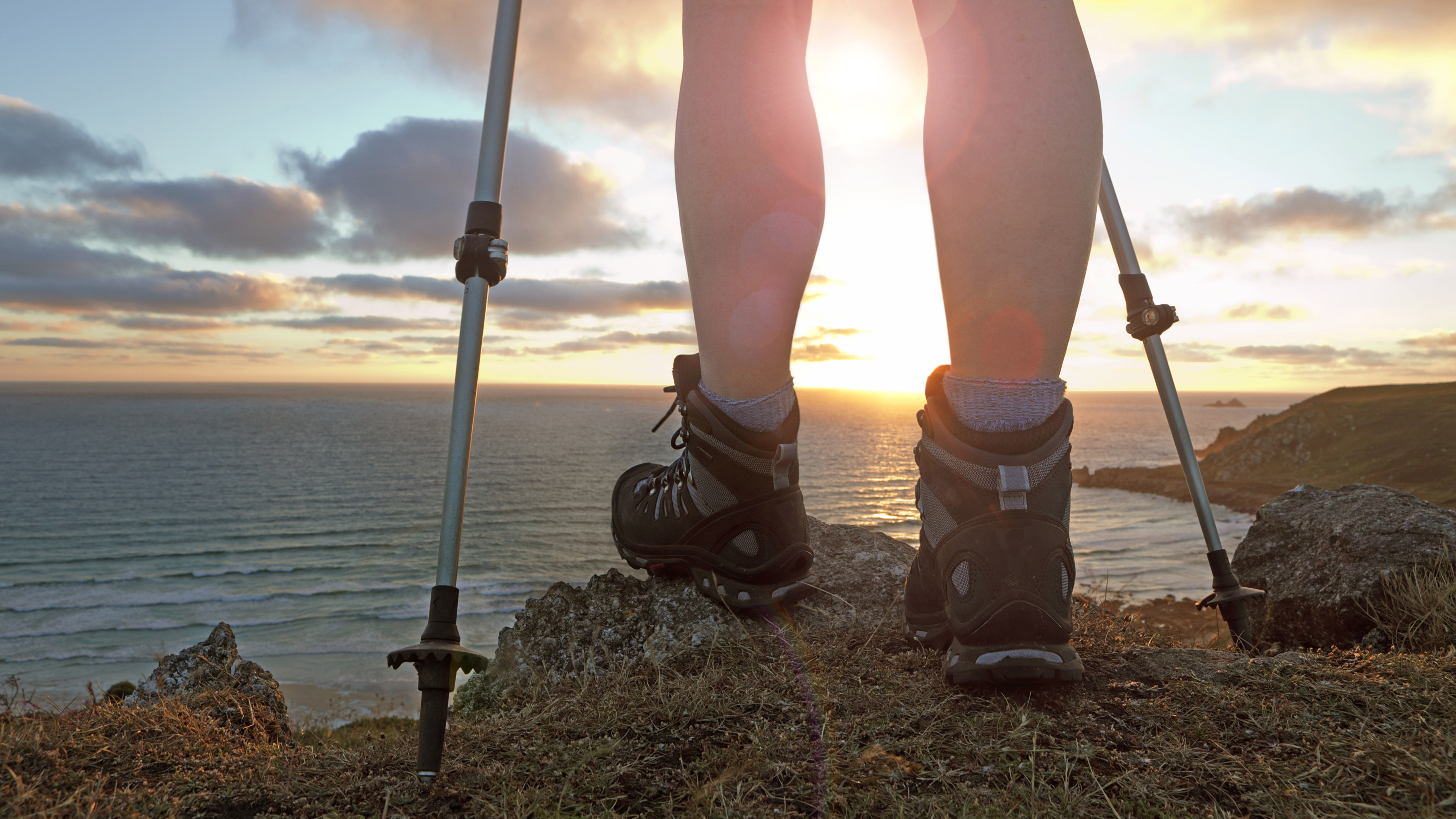
4. Give it your undivided attention
Avoid distractions on the trail. Rambling along and chatting with a friend can be a lovely way to enjoy a hike, but if you’ve ever done that, you’ll know it’s a different experience from hiking in silence, whether or not you’re alone.
Lose the headphones for the hiking trail and give the experience your full attention. I don’t recommend hiking without your phone, but put it on flight mode so you won’t be tempted to check messages.
Look around, enjoy the scents and reach out and touch the organic things you pass on the trail. This helps you immerse yourself in the experience of hiking, a lot like forest bathing, and of course has the added benefit of helping you avoid nasty accidents.
5. Don’t stress about summits and stats
In order for an activity to induce the flow state, it needs to have clear goals and this one tripped me up at first because I like to think of hiking as non-goal-oriented. It doesn’t matter if you reach the summit or get to that sparkling waterfall.
As I read more about flow, however, I learned that people who experience flow tend to do so because they perform tasks for their own sake, rather than to achieve a specific goal. In this way, hiking can present a perfect opportunity to experience flow, because the journey itself is the point, rather than reaching a specific destination.
If you tend to hike with a goal in mind – checking off summits or clocking up miles on Strava – flow may be more elusive than if you simply hike for the pure enjoyment of hiking.
Julia Clarke is a staff writer for Advnture.com and the author of the book Restorative Yoga for Beginners. She loves to explore mountains on foot, bike, skis and belay and then recover on the the yoga mat. Julia graduated with a degree in journalism in 2004 and spent eight years working as a radio presenter in Kansas City, Vermont, Boston and New York City before discovering the joys of the Rocky Mountains. She then detoured west to Colorado and enjoyed 11 years teaching yoga in Vail before returning to her hometown of Glasgow, Scotland in 2020 to focus on family and writing.

